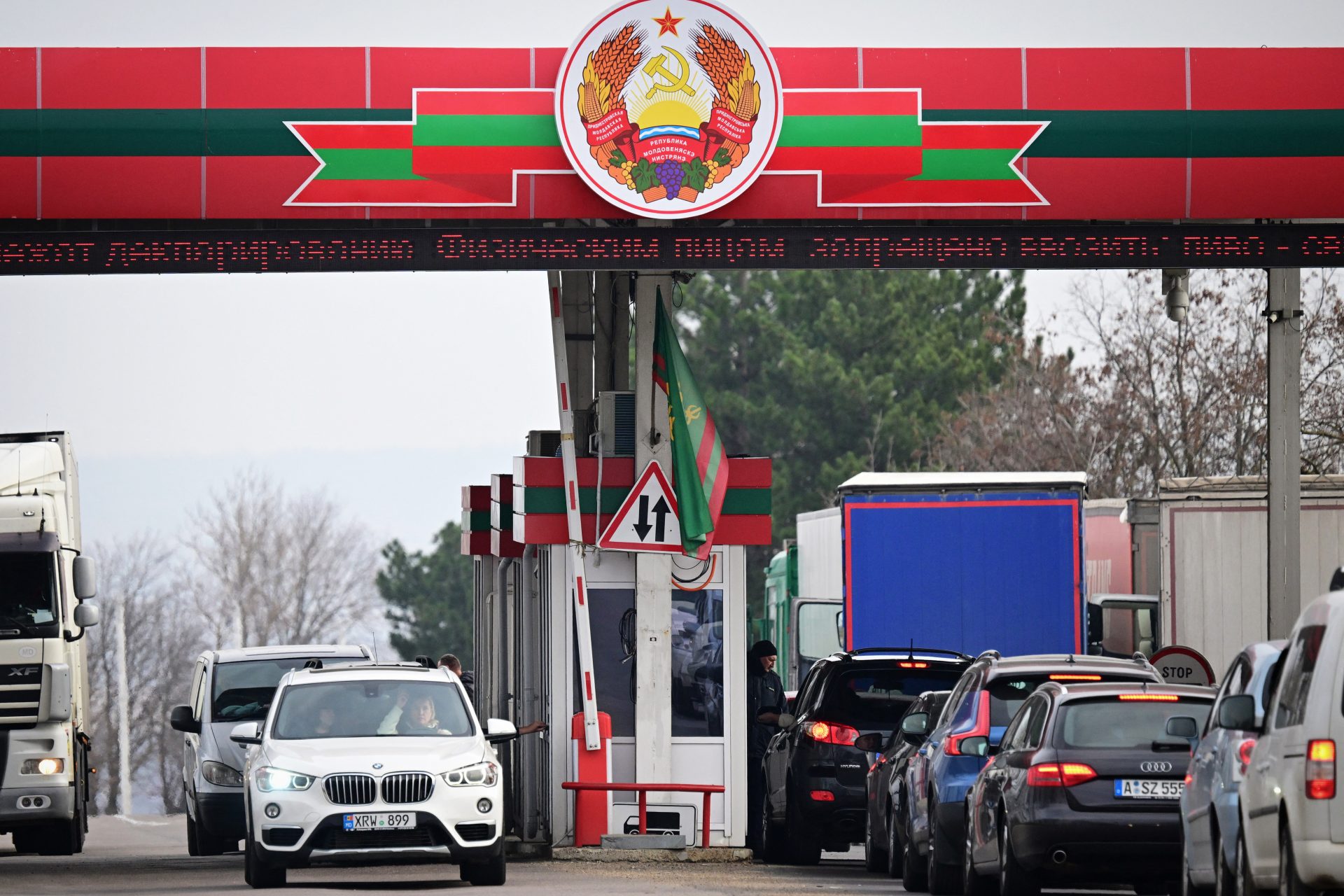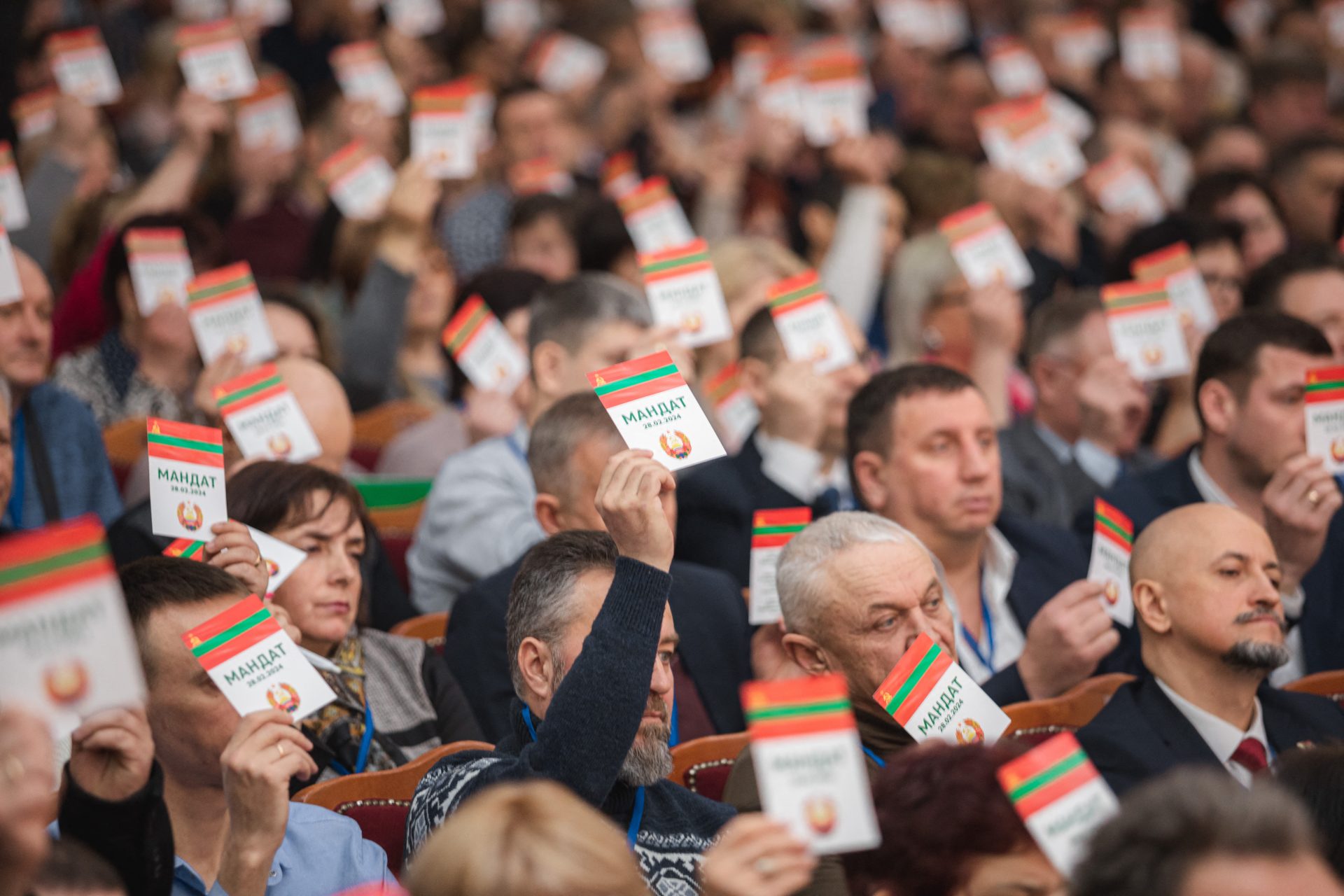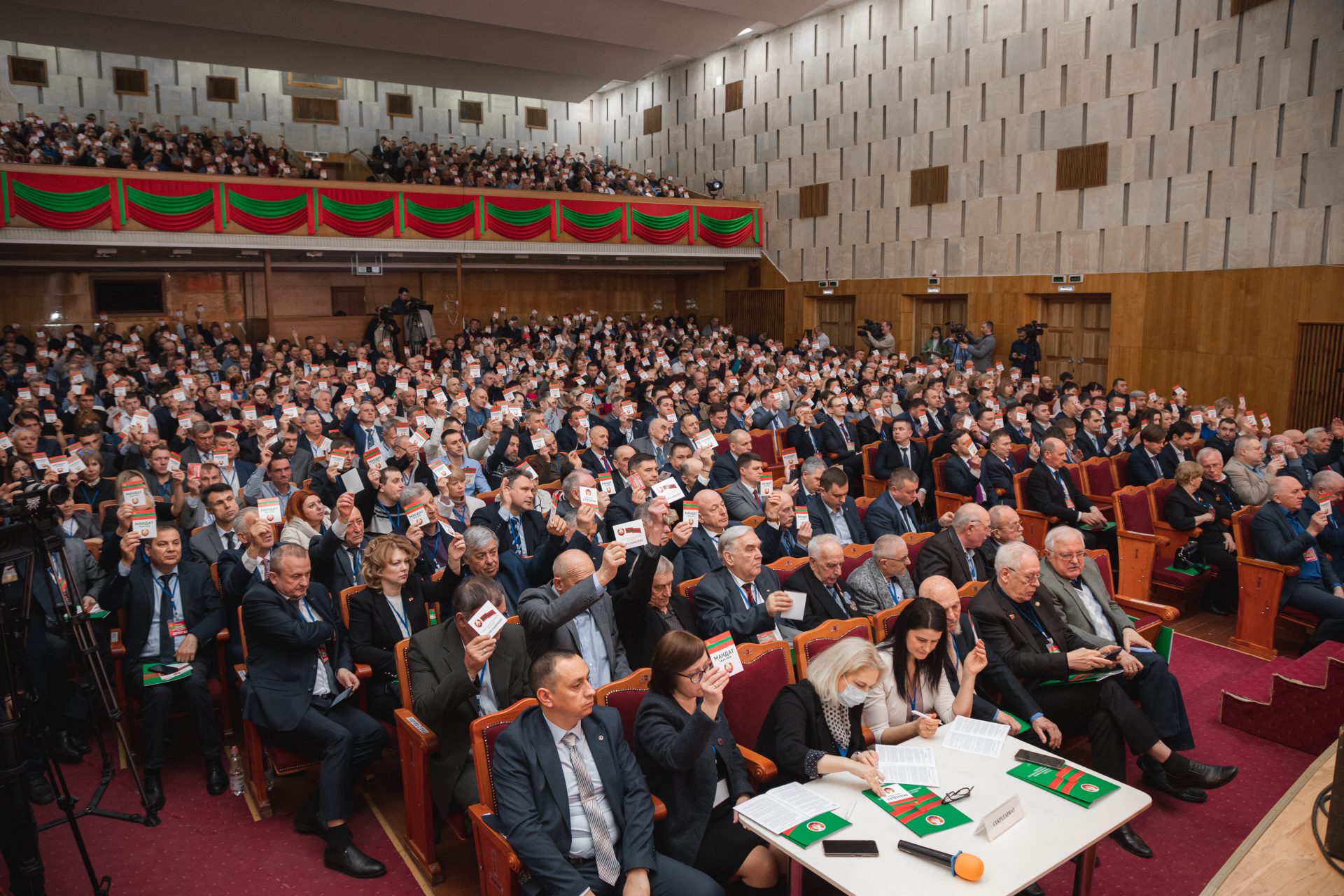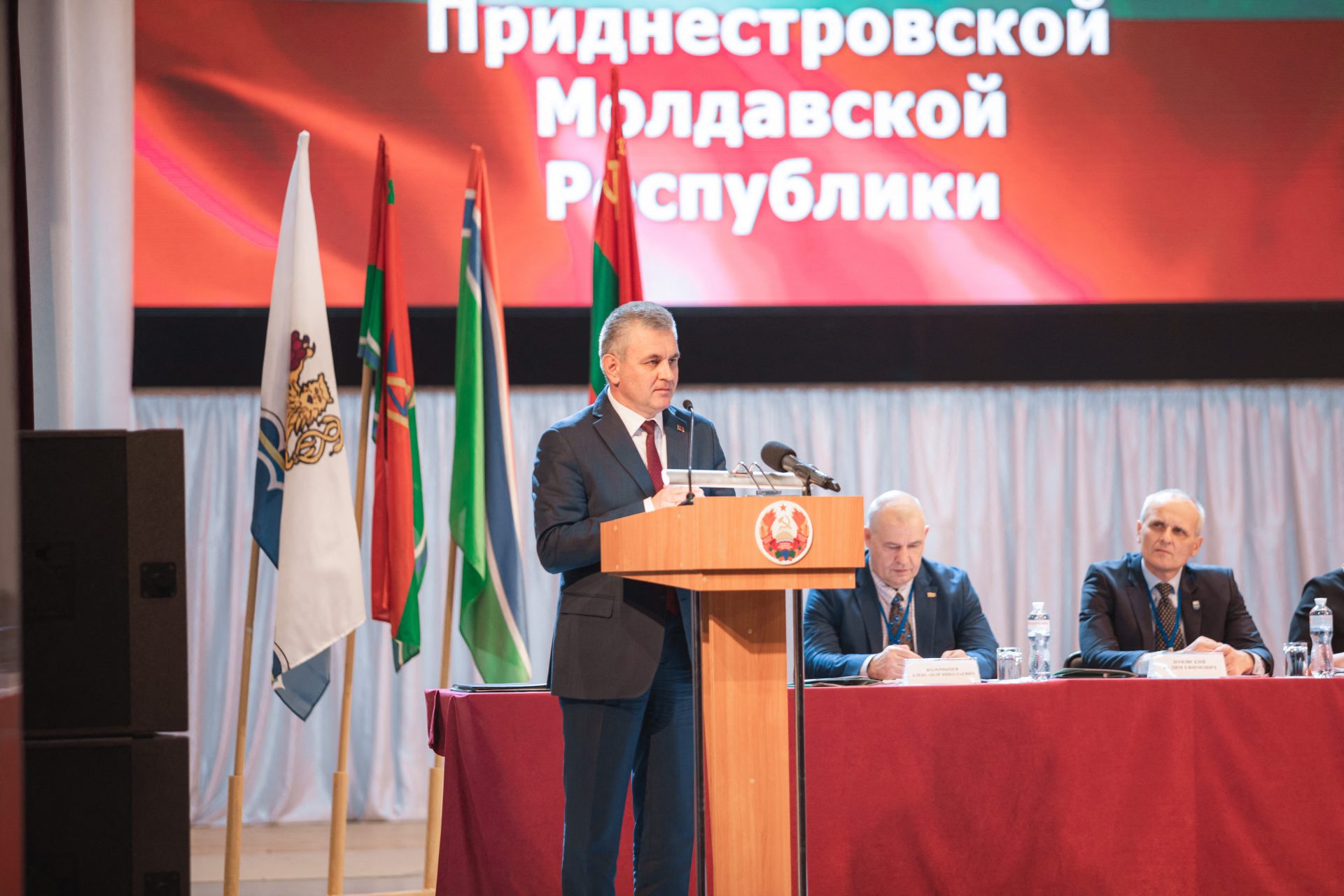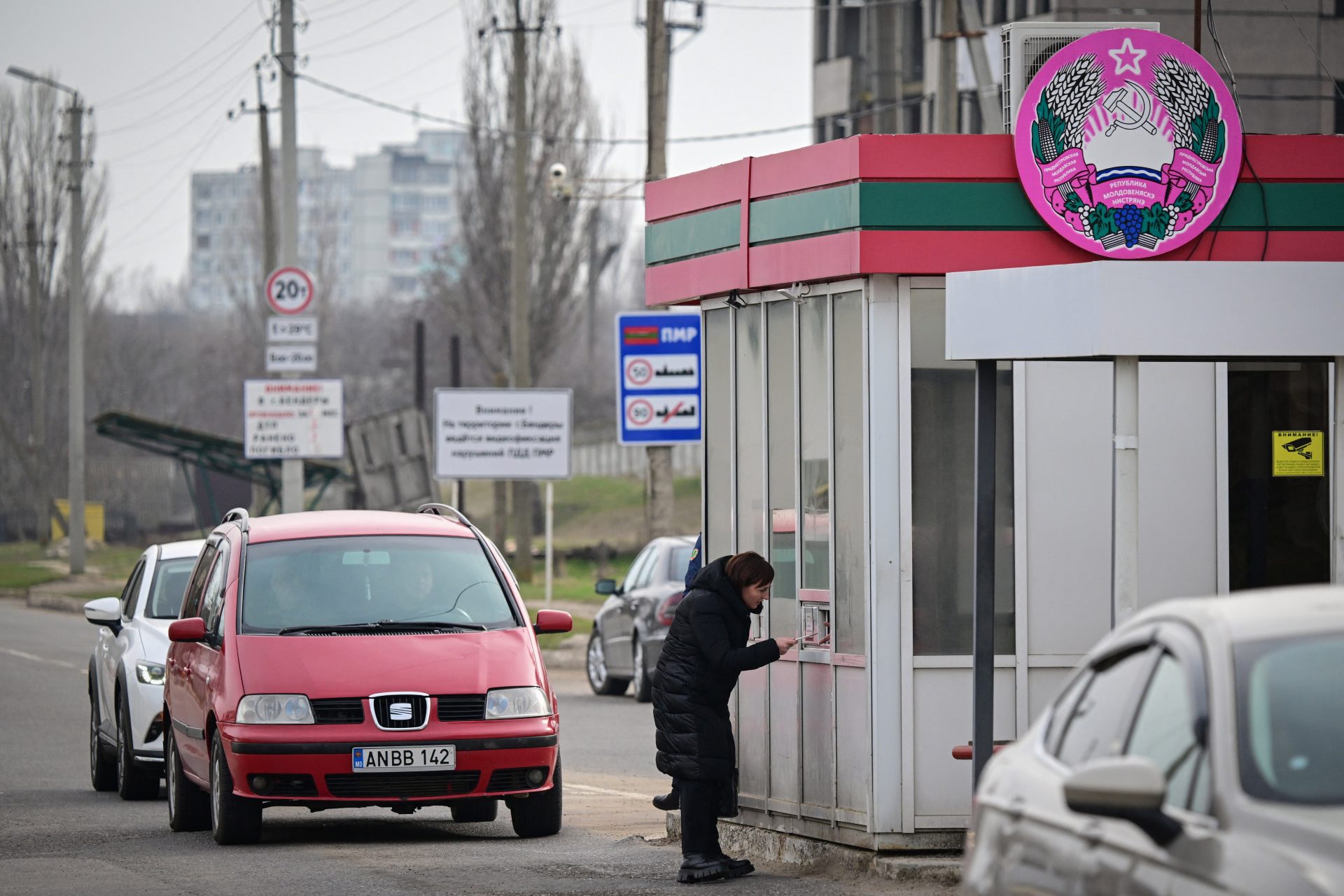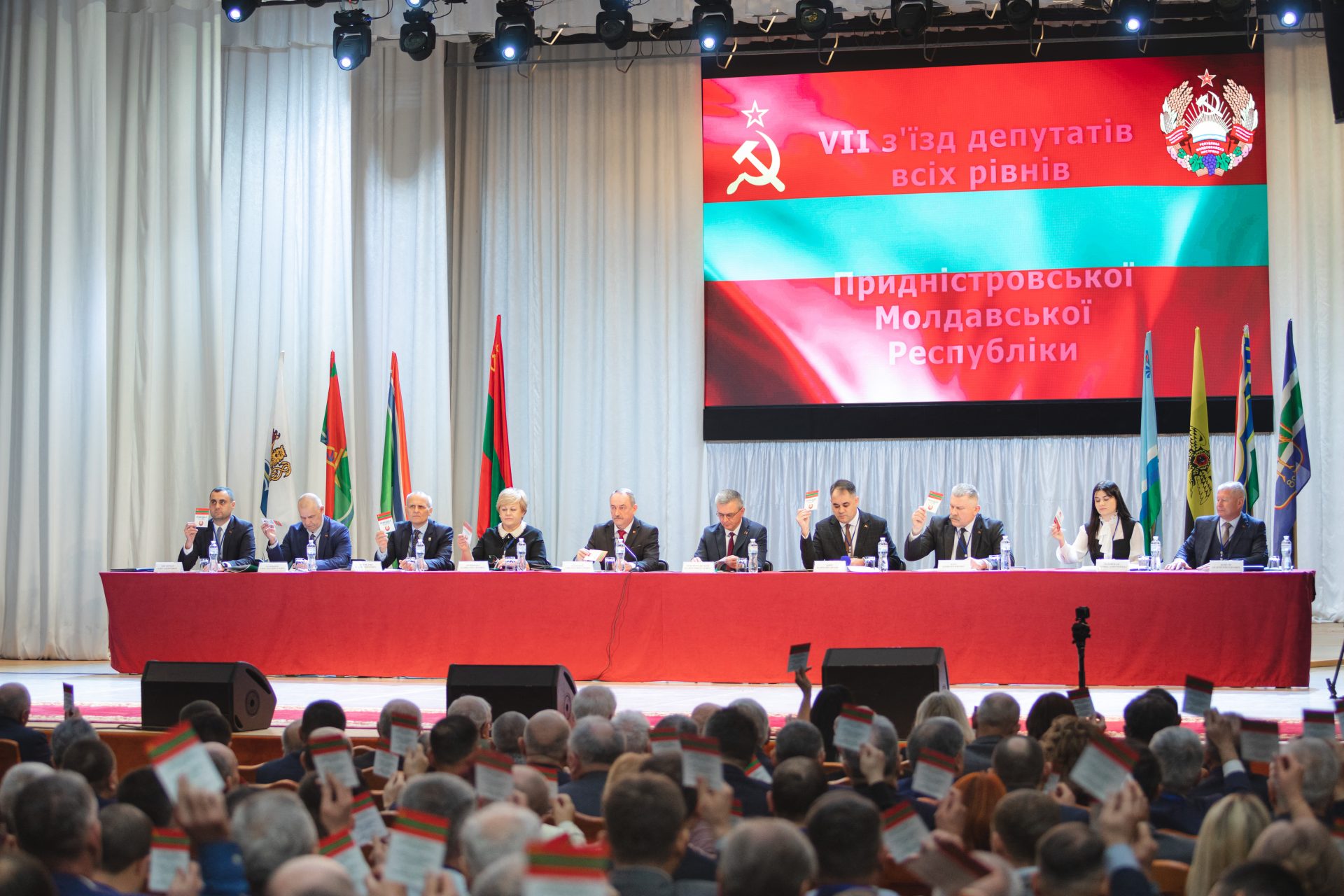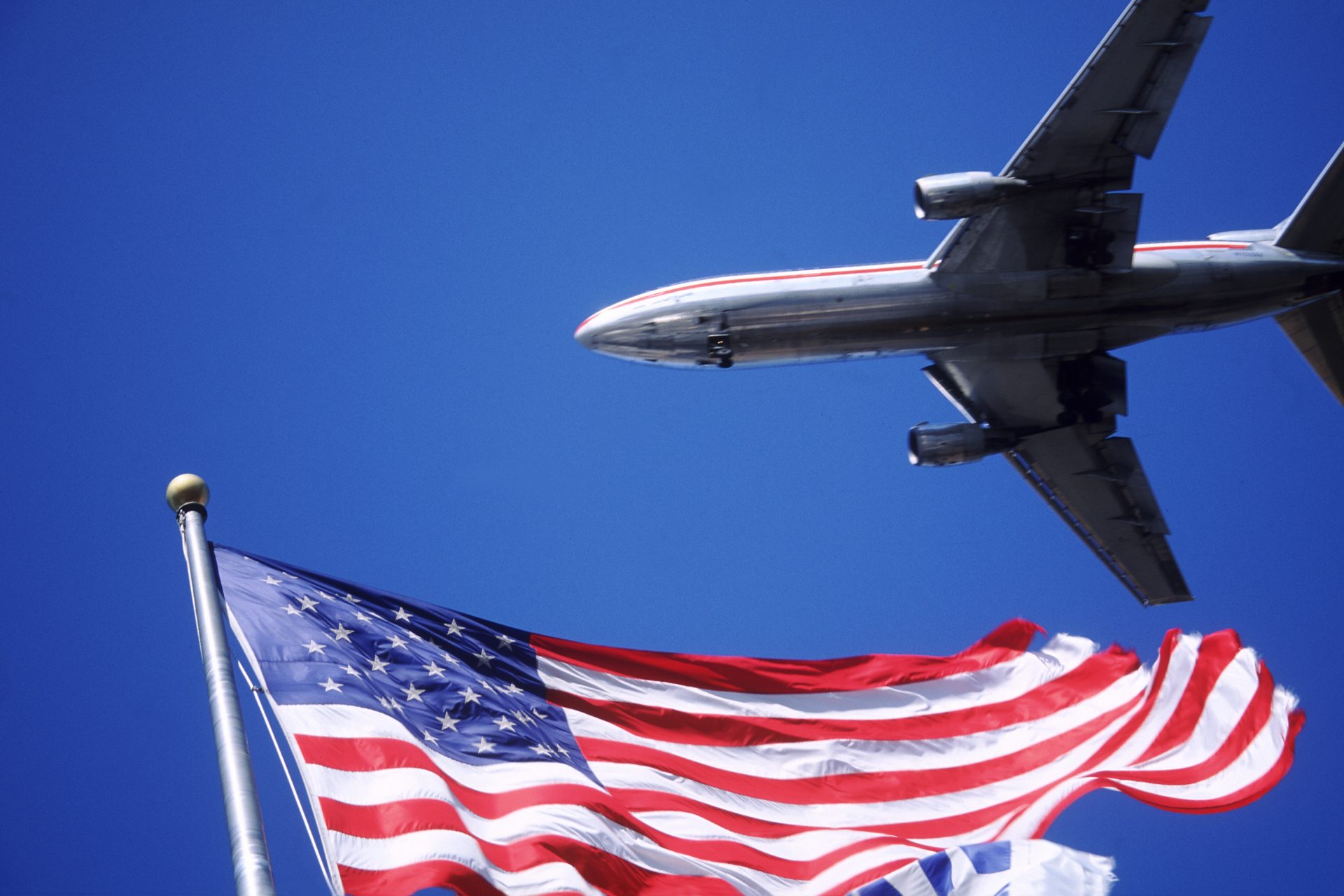Tension in Transnistria: why this pro-Russian region of Moldova wants Putin's protection
A little more than two years have passed since February 24, 2022 when Russia invaded Ukraine and started the biggest war in Europe since World War II. Far from being over, the conflict seems to be at a turning point, with a new front open: that of Transnistria.
In late February 2024, the parliament of Transnistria, a pro-Russian region in western Moldova, called for Russian protection in the face of “increasing” pressure from the Moldovan government.
The region's deputies denounced that the Chisinau Executive would be waging an “economic war” against them, blocking vital imports and imposing customs fees, in order to turn Transnistria into a “ghetto,” according to the BBC.
The country's president, Vadim Krasnoselski , is the son of a Soviet soldier, and at the political congress held in Tiraspol he spoke of "genocide" of the people of Transnistria, due to the economic measures adopted by Moldova and its attempt to "implant the language by force," among other accusations.
As highlighted by the New York Times, last January 2024, Moldova introduced new economic measures that include tariffs on imports from Transnistria, which until now was not subject to paying taxes. The country's government justified this decision as part of its efforts to prepare for accession to the European Union. The country has been officially a candidate since June 2022.
While Putin did not mention the Transnistrian appeal in his recent state of the nation address, Russia's foreign minister stated that protecting the breakaway region was one of Moscow's "priorities."
According to the Guardian, since the unilateral proclamation of independence in 1990, this political event had been held very rarely. One of them was in 2006, when the region held a referendum to become independent from Moldova, with the goal of future annexation to Russia.
As the British newspaper highlighted, at that time, 95% of the participants voted yes. However, neither Russia nor the international community recognized the result of this referendum. Despite not being independent, this area of land, which has about 470,000 citizens, has its own Constitution and its currency: the Transnistrian ruble.
But their demands have been a long time coming. The area, which borders Ukraine, began to demand its independence since the early 1990s, after the fall of the Soviet Union and the independence of Moldova. Then a war broke out between separatist and Moldovan groups that left hundreds dead.
The relationship with Russia has always been very close. The majority of the population speaks Russian and television channels are dominated by pro-Russian media. In addition, this territory has its own flag, red and green, with the communist hammer and sickle.
The Russian military presence in this territory is also relevant. Since 1992, in fact, 1,500 Russian soldiers have been stationed in the country on a peacekeeping mission, according to the BBC.
Transnistria is not the only territory to have launched a call to Putin. Gagauzia, another autonomous region of the country since 1994, also denounced the Moldovan government for its “pressure” and asked Russia for help.
International experts fear that requests for aid from these territories could mobilize Russia to invade other territories with the justification of defending local pro-Russian populations.
The situation in Transnistria, in fact, is very similar to that of the separatist and pro-Russian provinces of Ukraine, Donetsk and Luhansk, which are under Russian control after the occupation of Donbass.
Concerns are growing in the Moldovan government, which suspects that a campaign is being launched to destabilize the country, which this year is called to vote in the presidential elections.
In recent months, in fact, attacks on social media against the incumbent president, the pro-European Maia Sandu, candidate for the elections to be held in 2024, have increased.
More for you
Top Stories



